Attic Insulation: Small Details Make a World of Difference.

by
Cynthia Freeney
(IC: blogger)
Advanced
Attics are difficult places to work in. Scorching temperatures during the summer, freezing cold during the winter, lots of corners and small spaces that are difficult to get to, light fixtures, vents, fans... and a lot of gaps for air to leak through.
If these small details are extremely important not only to successfully insulate the attic, but to avoid problems with moisture and mold.
If these small details are extremely important not only to successfully insulate the attic, but to avoid problems with moisture and mold.
A checklist of details that should be taken care off before blowing insulation into the attic.
"The Devil’s Triangle. Getting the details right in an attic insulation upgrade often means scrambling through dark, difficult spaces. This one earned its name for obvious reasons."
"Short walls must often be installed to keep blown insulation from spilling onto platforms, catwalks and HVAC equipment. Some installers cobble together these barriers using cardboard or cotton fiber batts. Dams made from plywood or OSB sheathing look better, last longer and do a better job –a mark of craftsmanship."
In existing homes, the technicians often have to dig through the existing layer of insulation, to look for gaps and other problems.
{
"id": "1853",
"alt": "",
"title": "",
"video_link": "https://www.youtube.com/embed/4_2PuilhlPc",
"youtube_video_id": "4_2PuilhlPc"
}
{
"width": 634,
"height": 357,
"showRelated": true
}
Enjoyed the project?

Want more details about this and other DIY projects? Check out my blog post!
Published May 5th, 2014 2:46 PM
Comments
Join the conversation
4 comments
-
Our home was built in 1920 and it's all plaster walls and ceilings. In the attic how do you know if you can crawl on the beams up there or is it safe to?
 Sean Stewart
on Feb 12, 2015
Sean Stewart
on Feb 12, 2015
-
-
What about a freezing basement in an old house where the washer and dryer are?
 Shannon
on Feb 23, 2015
Shannon
on Feb 23, 2015
-
@Smcfarling63 There are different ways to deal with that problem and it all depends on what kind of basement you have and where your home is located. If you live in the Northeast or any cold areas of the U.S., the Department of Energy recommends insulating basement walls with R-13 rigid foam board insulation attached straight to the walls. Basements with irregular stone walls can be insulated with spray foam. Spray foam and rigid foam board insulation are not affected by moisture and act as a vapor barrier keeping moisture from the walls from evaporating into the basement. For homes in warmer climates, air sealing and controlling moisture with a vapor barrier against the walls and a dehumidifier may be all you need. Because humid, damp air is hard to cool and heat,using a basement dehumidifier to keep moisture levels at or below 50% will make the basement feel more comfortable and prevent mold growth.
 Cynthia Freeney
on Feb 24, 2015
Cynthia Freeney
on Feb 24, 2015
-
-




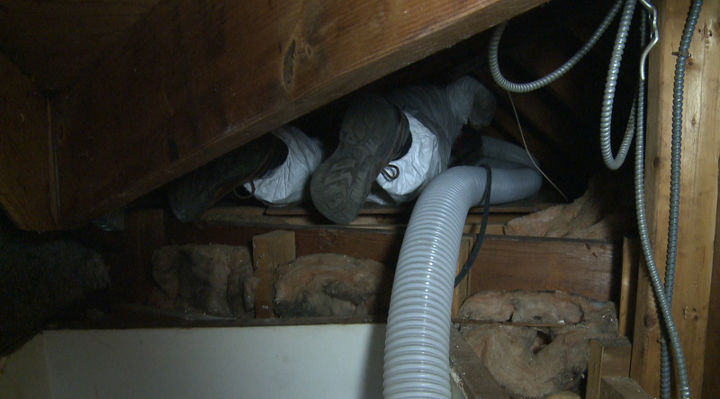

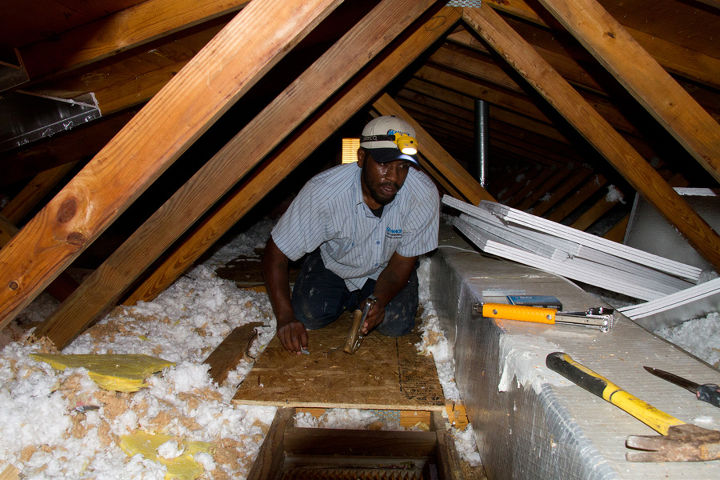
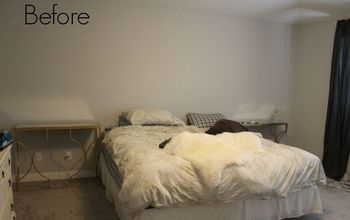








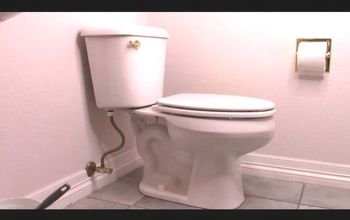
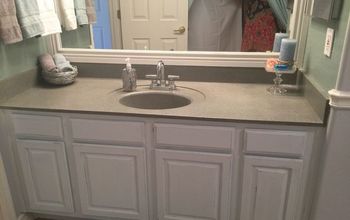

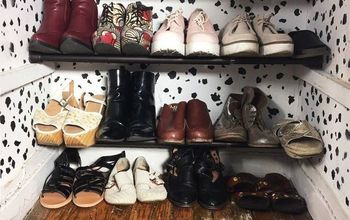






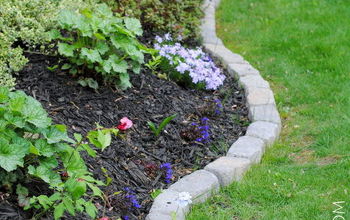
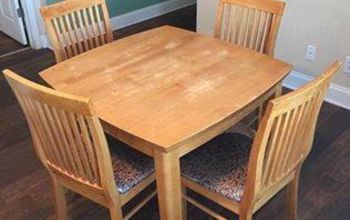


Frequently asked questions
Have a question about this project?